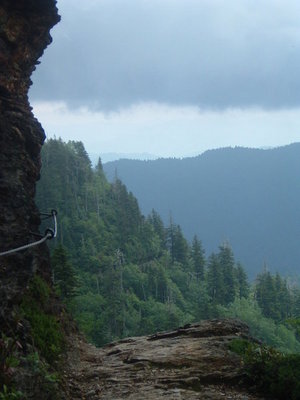When thinking of a desert, it is easy for the cactus to be the first plant to come to mind. But many plants, shrubs and trees have found ways to adapt and survive in this dry environment. Let’s look at the variety and adaptations of some desert biome plants.
Cacti. When thinking of plants in the desert, the cactus is generally the first to come to mind. There are many types of cactus ranging from round like the barrel cactus, to tall and narrow such as the organ pipe cactus. Many cacti bear flowers or fruit
Most cacti have some sort of spines or hairs that cover the stems. Spines and hairs can block some of the heat of the sun and serve as protection from predators. The stems often have ridges allowing the cactus to expand to soak up available water. During dry seasons, the stem can shrink again to conserve water.
Plants. Aloe, yucca and certain types of milkweed are plants common in certain desert regions. There are many varieties of yucca including plants, cacti and trees. Many grow low to the ground while others can grow very tall depending on their adaptive features t the desert environment.
Most desert plants have thick leaves to hold in water. Shiny leaves can reflect some of the sun’s rays to protect against intense heat. Leaves that are wider at the base can help the plants collect moisture allowing any condensation to roll down to the base of the plant.
Flowers. Flowers can be found during certain seasons in the desert biome. Not only do other forms of plants produce flowers in the desert, certain annuals and perennials can grow during rainy seasons. Certain types of marigold, sunflower, aster, lily and poppy, among others, can grow in certain desert regions.
Seeds remain dormant during the dry seasons, but have adapted to grow when it rains. By the time the next dry period comes, the flowers have already grown, bloomed and dropped their seeds for the next time.
Shrubs. Shrubs in the desert may blossom or even produce fruit during rainy seasons. Some shrubs even grow to resemble trees. Some shrubs that can be found in the desert include the brittle bush, Mormon tea and fairy duster.
Many shrubs in the desert biome have needle-like leaves or small node-like leaves. The smaller surface area of these leaves prevents the loss of moisture in the sun and heat.
Trees. Even trees can be found in desert areas. Certain palms, cottonwoods, Ponderosa Pine, juniper, elephant tree and Joshua tree are just some of the many trees that have found adaptations to survive in a desert environment.
Trees often have very deep root systems to reach water tables far below the surface. On many trees groups of leaves are bunched together in clumps as a way to keep moisture to the inner grouping of leaves.
Desert Biome Plants. There is great variety in plants found in the desert. Despite the intense heat and lack of rainfall, these plants have found ways to adapt to their environment. Although cacti are still the most commonly thought of, there are just as many different desert biome plants.
REFERENCES:
University of California Museum of Paleontology; The desert biome
Desert USA; Desert Plants and Wildflowers




